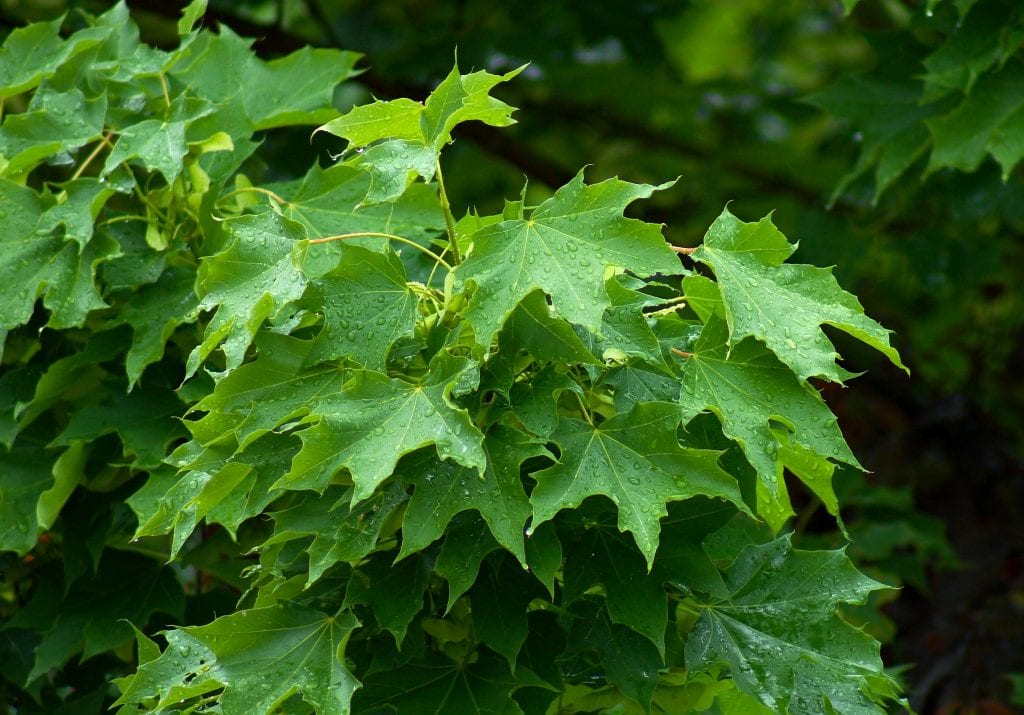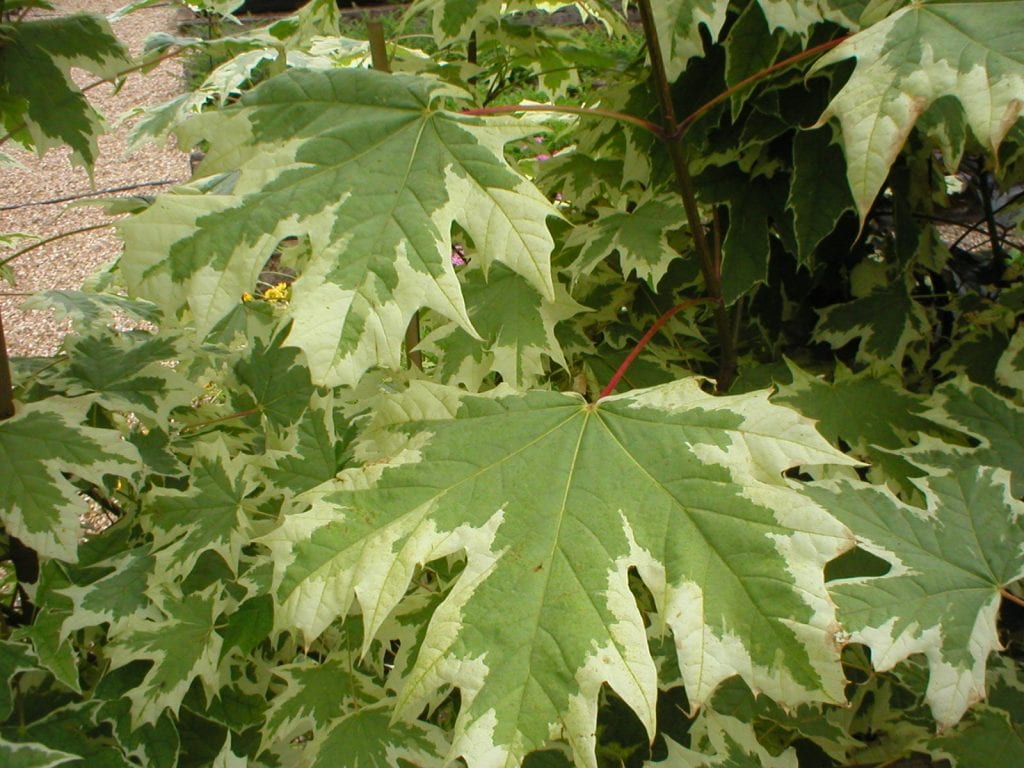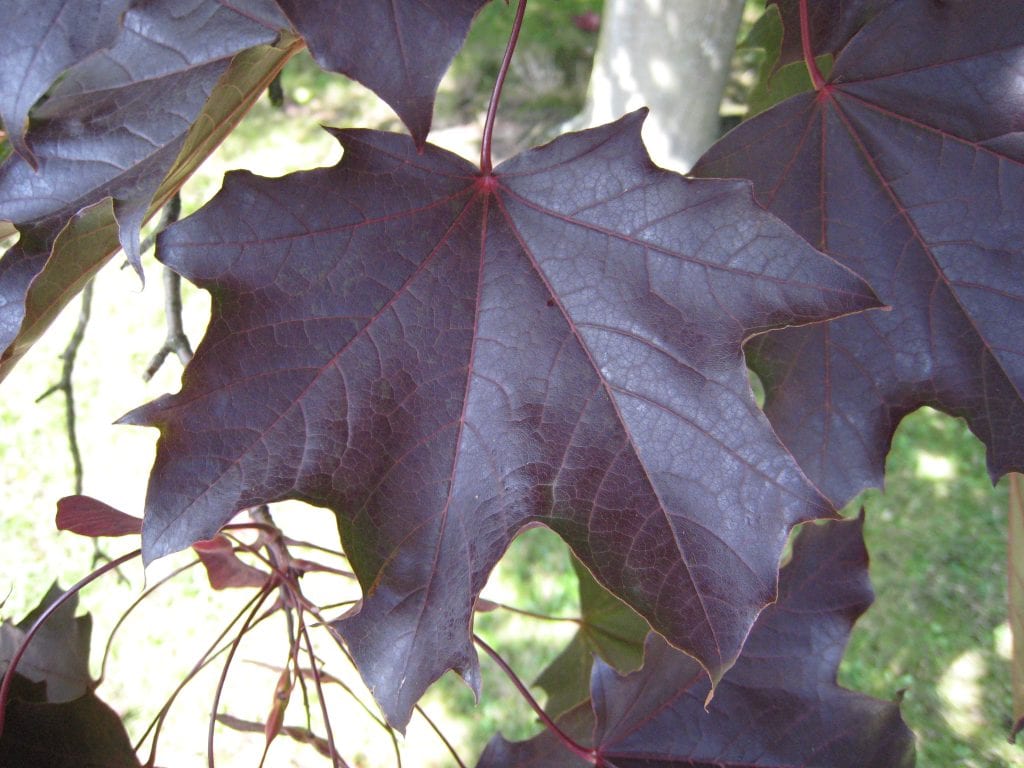
Image – Bruns
The botanical genus of arces It includes some 160 species of trees and shrubs and all of them have a very special "I don't know what" that they like to have in gardens. They have such a high ornamental value that it is very difficult to decide on just one.
And I am no exception. If I could, I would have one of each, but since it is impossible for me, I am content to let you know. Maybe you can have one, like the one I'm going to present to you on this occasion: the Norway Maple.
Norway Maple Characteristics

Our protagonist is an imposing plant: it can reach a height of up to 30 meters, with a crown diameter of 10m, and if we add to that that it grows fast, you can have a beautiful tree that will give you good shade in a short time. It is originally from Europe and can be found in the Pyrenees.
His scientific name is Acer platanoides, although it is known by the common names of Norwegian Maple, Acirón, Norway Maple, Banana Leaf Maple, or Norwegian Bordo. It belongs to the botanical family Aceraceae, and its leaves are deciduous, opposite, palmatifid, green in color except in autumn when they turn yellow.
The flowers sprout in spring, before the leaves do, and they are yellow. The seed is a glabrous samara, which need to be cold in winter to be able to germinate.
How do you take care of yourself?

A. platanoides »Drummondii»
Image - chewvalleytrees.co.uk
Unfortunately, it is a tree that to have it beautiful it is important that it be grown in Cold climates, with temperatures that range between a minimum -17ºC in winter and a maximum of 25ºC in summer. If you live in an area with this climate, you can provide these cares:
- Location: outside, in full sun.
- Land: fresh, well drained and fertile.
- Irrigation: 3-4 times a week in summer, and every 3-4 days the rest of the year.
- Subscriber: It is important to pay in spring and summer with organic fertilizers, either liquid following the instructions specified on the package, or powder by applying a layer 1 or 2 cm thick once a month.
- Pruning: it can be pruned in autumn or, better, at the end of winter.
- Multiplication: by seeds in autumn-winter, by cuttings in late spring or by bud grafting in late summer.

A. platanoides »Schwedleri»
Have you heard of this tree?